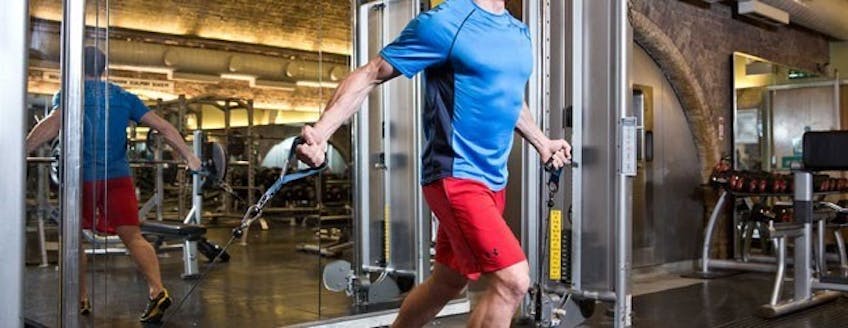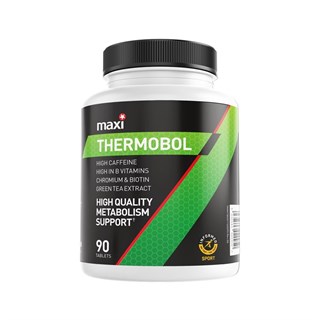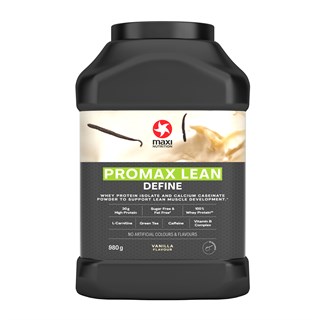How to get a six pack with help from good nutrition
Great-looking abdominal muscles are achieved by improving their size and definition, check out our six pack diet advice and exercise tips to help make these changes.
Step 1: Fewer calories, more snacking
Lean muscle development can be supported with protein consumption. Between 0.8-2grams of protein per kilogram of bodyweight per day can be used a guide. So, a 70kg man should aim for 56 - 140 grams of protein per day after a tough workout in the gym.
Step 2: Know your essential Fats
Although too much fat isn't healthy, some fat in your diet is essential. High- fat, cold-water fish such as salmon or mackerel are rich in the long-chain Omega 3 fats. Foods like avocados, nuts and olive oil contain primarily monounsaturated fat, which is another type of 'good' fat, and should be eaten on a regular basis.
Step 3: Take on quality carbs
Once your protein and fat intake is taken care of, the next step of any six pack diet is to adjust carbohydrate intake. Cut back on high sugar foods such as cakes, confectionary bars, and sugary drinks and replace them with more fruits, vegetables and fibre-rich foods.
Step 4: Resistance and abdominal training
Resistance training will help you keep the muscle that you've worked so hard to build. Stick to heavy compound lifts such as the dead lift, squat, bench press and shoulder press. Try to get in and out of the gym within 60 minutes, and follow your workout with a protein-rich food or supplement.
You need to build the abdominal muscles; the best way to do this is to train your abs 2-3 times per week, using basic crunches, planks, reverse curls and oblique crunches. Do 2-3 sets per exercise, 8-15 repetitions per set (using extra resistance where necessary to make the load challenging).
Step 5: Clever cardio
Cardio is the traditional and best 'fat burning' exercise, but it's important to do it correctly to promote fat burning while preserving muscle. Perform one of these workouts 2-4 times per week. Low intensity cardio (such as jogging or cycling) should be performed at 70-75% of your maximum heart rate for 30-60 minutes. If you're very fit, you may want to try high intensity interval training (HIIT), such as 10 x 100m sprints separated by 2 minutes of brisk walking. HIIT increases calorie expenditure after exercise and is also a great way to boost your cardiovascular fitness. Make sure to sandwich your HIIT workouts between a 5-10 minute warm up and cool down session.


















